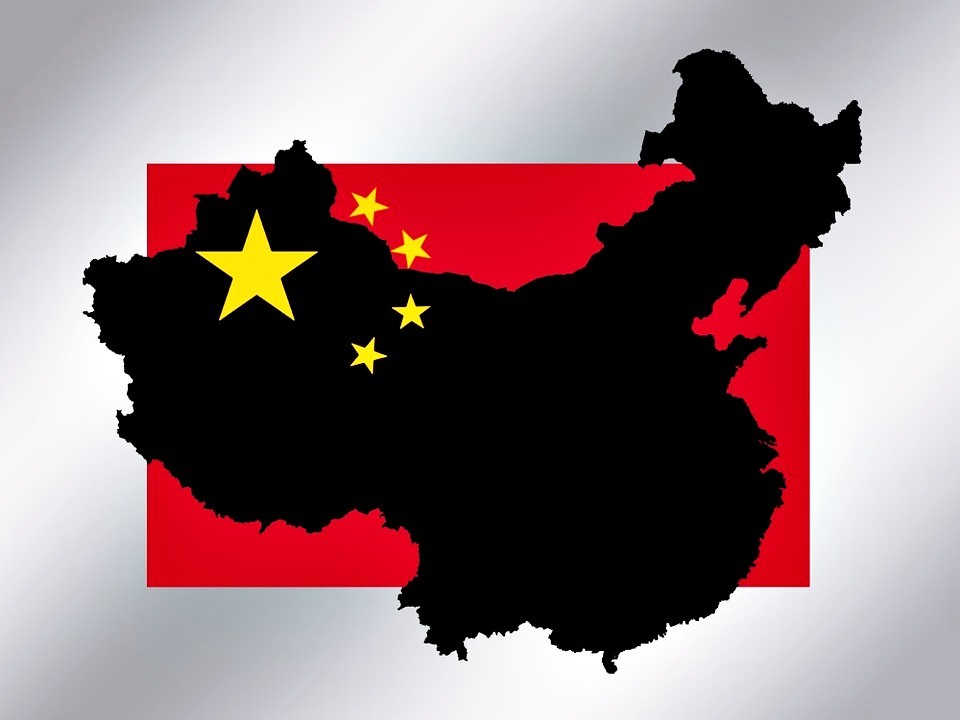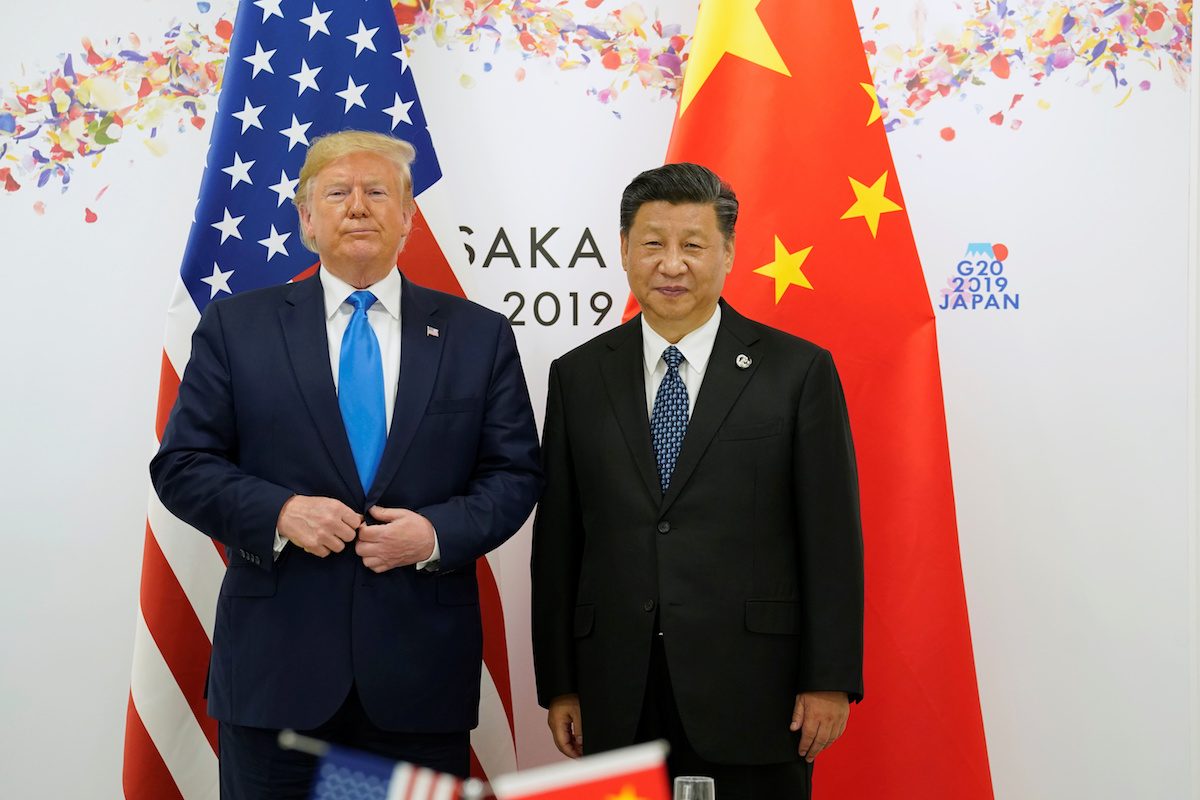Banking
Luxury cars gearing up China biz
Wang Yubing, a marketing manager at a Fortune 500 multinational company in Shanghai, recently began thinking about quitting his respectable and secure job to start a business.
Lamborghini, Ferrari, Porsche, and other top brands are driving into small cities
BEIJING – Wang Yubing, a marketing manager at a Fortune 500 multinational company in Shanghai, recently began thinking about quitting his respectable and secure job to start a business.
The 34-year-old, who has a master’s degree in business administration from the United States, wants to become an entrepreneur in his hometown, Shenmu, a coal-rich county in Yulin, a city in Northwest China’s Shaanxi province.
“When I went back to my home to visit my relatives during the National Day holiday in October, all of the Hummers, Porsches and Land Rover SUVs, as well luxury Mercedes-Benzes and BMW high-performance sedans, that were screaming past me on the bumpy roads in that remote small county were a real surprise,” Wang said.
An idea came into his mind.
“There are some good opportunities for starting a 4S (sales, spare parts, service, survey) store for the owners of these luxury vehicles,” Wang said.
He began speaking with Mercedes-Benz, Audi, Jaguar, Land Rover and other manufacturers about his interest in becoming a dealer for them.
“With the help of my relatives in Shenmu (a county 700 kilometers west of Beijing), I am quite optimistic about the prospects of my business there,” he said. “The millionaires there always want to have another type of luxury vehicle in their garages.”
Just three hours’ drive away from Shenmu lies the city of Erdos, which is in North China’s Inner Mongolia autonomous region and is the most famous site for coal mines in China. It has drawn much attention lately, making headlines for the difficulty observers have had in trying to count how many millionaires have made their fortunes from the coal-mining business in the region.
Although the city’s architecture looks much like what one can find in other medium-sized Chinese cities, nearly all of the vehicles seen in Erdos’ streets or parking lots carry the brands of premium foreign carmakers and have large engines. Among the brands that are common there are BMW and Mercedes.
Shanxi, a neighboring province in North China and the location of two-thirds of China’s coal resources, is estimated by the industry to contain around 5 percent of all luxury vehicles in China, where more automobiles are sold than any other market in the world.
On Nov 30, the British premium car brand Bentley opened its 17th showroom in China in the provincial capital city of Taiyuan. Half a month before, it had opened a dealership in Zhengzhou, capital city of Central China’s Henan province.
And two weeks after establishing the showroom, the company put the cap on the prosperous year it had seen in 2011 by celebrating the opening of a new dealership in Chongqing, in Southwest China. It is expected to sell 1,600 vehicles in China in 2011, twice as many as it had in 2010.
Zheng Shunjing, vice-president of Bentley’s China operations, said he is convinced that the company has a great potential to grow further in the market, where it already sells the second largest number of cars. He said Bentley plans to bring new vehicle models to China and open from four to five dealerships in the country each year. Most of them are to be in the emerging markets in China’s medium-sized cities.
The same month, Infiniti, the luxury brand of the Japanese automaker Nissan, opened its first 4S store in the city, and Italy’s Automobili Lamborghini Holding SpA also plans to establish new dealerships in Taiyuan next year.
The Italian maker of sports cars has been in China for seven years and has sold 300 vehicles there this year, making China its top market in the world.
Lamborghini’s decision in December to open showrooms in Chongqing and Dalian, Northeast China’s Liaoning province, gave the company 11 dealerships in China. And it is testing out three others: in Kunming, Southwest China’s Yunnan province; Qingdao, East China’s Shandong province; and Wuhan, Central China’s Hubei province.
Stephan Winkelmann, Lamborghini president and CEO, said the company plans to spend more on marketing and services and accelerate its expansion so that it has 20 dealers by the end of 2012. It intends to reach those goals by entering markets in medium-sized cities in 2012, including those in Xi’an, Northwest China’s Shaanxi province; Shenyang, Northeast China’s Liaoning province; Taiyuan, North China’s Shanxi province; Nanjing, East China’s Jiangsu province; Changsha, Central China’s Hunan province; and Wenzhou, East China’s Zhejiang province.
“We see further growth potential in the Chinese market as more and more younger people desire an individual and uncompromising lifestyle,” Winkelmann said.
According to the 2011 World Wealth Report by Cap Gemini SA and Bank of America Corp, the number of millionaires in China grew by 12 percent to 534,500 in 2011, putting the country fourth in that regard behind the US, Japan and Germany.
The premium car brand Rolls-Royce also saw booming sales in China in 2011, receiving large contributions from its new dealers in Chengdu, capital city of Southwest Sichuan province; Shenzhen in South China’s Guangdong province; and Hangzhou, East China’s Zhejiang province.
“Some special spot markets, like Taiyuan, and Wenzhou, as well as more third- and fourth-tier cities will be our focus in the further development of Porsche’s business in the future,” said Helmut Broeker, chief executive officer of Porsche (China) Motors Ltd.
China has been the market where the second largest number of sales have taken place for the German luxury brand. More than half of its sales in China have been of the Cayenne SUV, which costs more than 1 million yuan ($158,730).
“We expect it to beat the US to be our No 1 market in 2014, with significant sales growth from another coming SUV model, the Cajun,” Broeker said.
By then, Porsche plans to have 100 dealerships in China. It now has 39, meaning it must add about 20 in each of the next two years.
Automobile sales slowed down in China in 2011 after increasing for two years in a row, going up by only 5 percent this year. Even so, sales of luxury brands still increased by about 30 percent and super luxury brands had more than 60 percent growth.
Of all sales in Europe and the United States, only 0.2 percent were of super luxury brands. In China, the figure was only 0.05 percent, indicating that the carmakers have much room for growth.
The global consulting firm McKinsey & Company predicted that, by 2015, China will contain more than 4 million wealthy households, giving it the fourth-largest number of wealthy households in any country in the world, following the United States, Japan and the United Kingdom.
The number of wealthy households – defined as urban households with an annual income of more than 250,000 yuan – reached 1.6 million in 2008.
About 30 percent of the wealthy now live in China’s mega municipalities and cities, such as Beijing and Shanghai. Even so, McKinsey estimates that three-quarters of the sales growth for products marketed to wealthy consumers will come from people who do not live in the four biggest cities.
The investment banking and securities firm Goldman Sachs also forecast that the number of consumers of luxury goods in China will increase from 40 million now to 160 million during the next five years and that a majority of them will be in medium-sized cities.
Moreover, of all the money such consumers spend in a year, 40 percent is going to luxury vehicles.
Take Zhengzhou as an example. This year the city welcomed a new Audi showroom, a Jaguar and Land Rover 4S store, a Bentley 4S store, BMW’s third store and Cadillac’s second showroom. Now under construction are Audi’s fourth store there and a Ferrari and a Rolls-Royce showroom.
“China has caught up with the US” as a top market for luxury vehicles, said Zhong Shi, an independent auto analyst. “China’s premium luxury car market will continue to boom in the coming years. No matter how industry policies change, the special and niche segment will not be affected.”
“More importantly, China has greater potential for sustainable growth. There are always the ‘new rich’ and the recently wealthy from all social backgrounds and potentially from smaller cities,” Zhong said.
China Daily
Banking
HSBC to Scale Back China Credit Card Operations Amid Expansion Challenges – Reuters

HSBC is withdrawing from its China credit card business due to difficulties in expanding, marking a strategic retreat in a challenging market environment.
HSBC’s Strategy Shift in China
HSBC is scaling back its credit card operations in China, highlighting challenges the bank has faced in expanding its customer base. The competitive landscape, combined with changing consumer preferences, has made it increasingly difficult for the bank to maintain its position in this lucrative market.
Market Challenges Ahead
Recent reports indicate that HSBC is reassessing its strategy, focusing resources on other areas where it sees stronger growth potential. The decision to pull back reflects the broader difficulties foreign banks encounter when trying to penetrate China’s financial services sector.
Future Focus
As HSBC pivots away from its credit card business in China, it aims to concentrate on digital banking and wealth management services. This strategic shift underscores the bank’s commitment to adapting to the evolving landscape of financial services while ensuring long-term sustainability in the region.
Source : Exclusive: HSBC pulling back from China credit card business after struggling to expand – Reuters
Banking
Bow to Beijing a low move by HSBC
HSBC has put money before morality to back China’s new security law: one that’s an assault on the freedoms of Hong Kong’s people.

Luckily for HSBC, it’s headquartered in Britain: a country where you can say what you like about Boris Johnson and his shambolic handling of the pandemic.
(more…)Banking
How China’s role in global finance has changed radically
Within the space of just 15 years, China has gone from being the largest net lender to the world to now being a net borrower. The implications for the global economy, and China’s role within that economy, could be significant.

‘If you owe the bank $1 million, you have a problem. But if you owe the bank $1 trillion, then the bank has a problem’. It’s an old gag, but it underscores an important point: the size of your borrowing or lending can have profound implications for your role in the world.
(more…)












